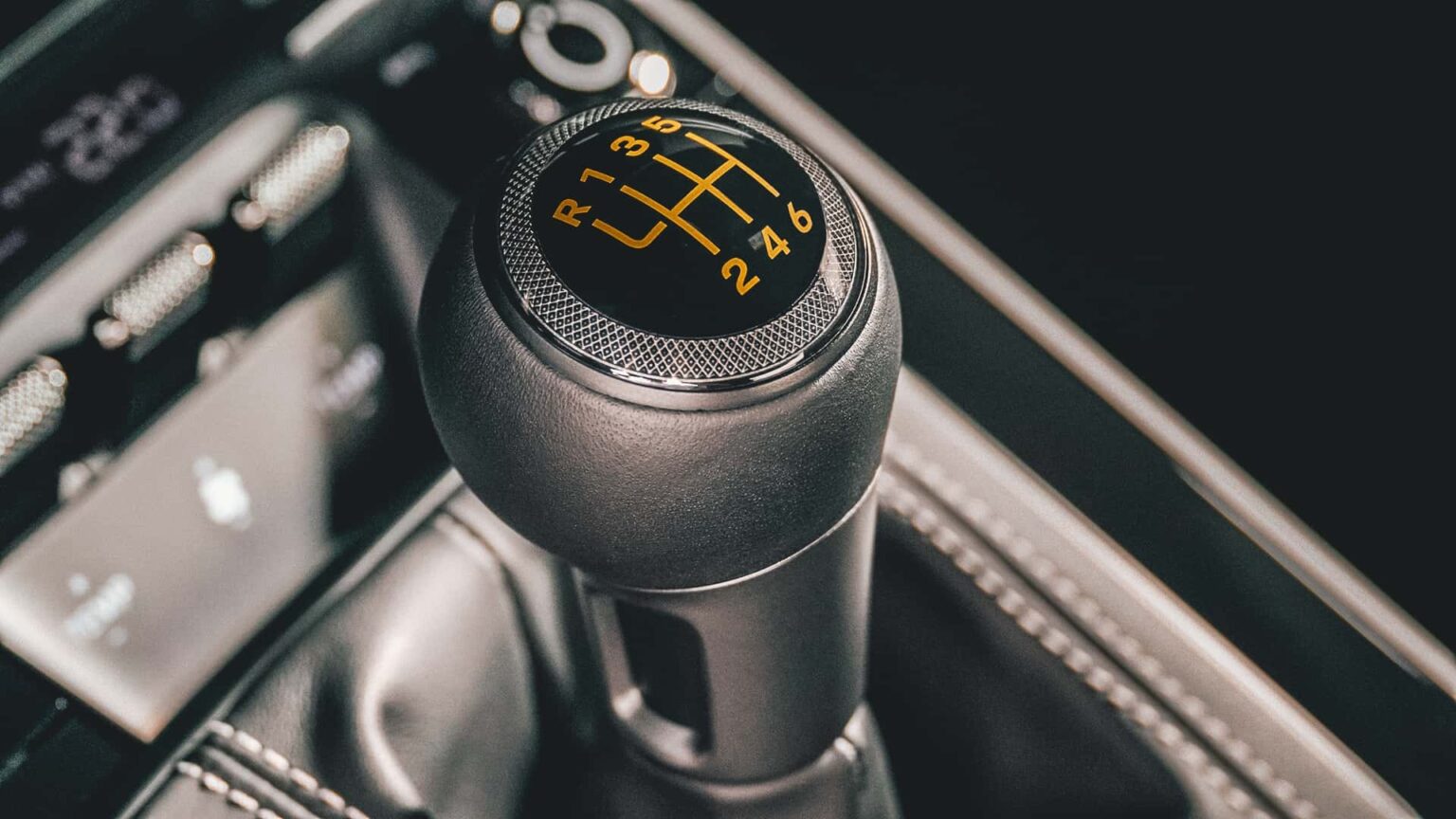Just like the trend toward SUVs in the United States throughout the 2000s, there’s another major shift happening that seems unstoppable. Automatic transmissions have become the standard in many markets, threatening the survival of manual transmission cars.
In 2001, almost every passenger car registered in the five major European markets—Germany, the United Kingdom, France, Italy, and Spain—had a manual transmission. Data shows that, at that time, cars with manual transmissions accounted for 91 percent of registrations in those five markets. This type of transmission was more popular than the automatic, even among premium and luxury brands.
At that time, the technology was not nearly as advanced as it is today, so high development costs had a direct impact on the final price, and the automatic transmission was more of a luxury feature than anything.
However, as has been the case with airbags and other automotive technologies, gradual adoption has helped reduce cost and price. With traffic growing in large cities and drivers more preoccupied than ever, the automatic transmission is quickly becoming the answer to the new reality.
Last year, cars with manual transmissions accounted for only 29 percent of registrations in the five major European markets. The breakdown between mainstream and premium brands also shows major changes.
In 2001, premium cars with automatic transmissions accounted for 31 percent of sales. By 2024, they reached 97 percent. As for mainstream brands, the change is just as dramatic: The market share of automatic transmission increased from 5 percent in 2001 to 63 percent last year.
Car Sales With Manual Transmissions
| 2001 | 2024 | |
| Germany | 83% | 18% |
| UK | 86% | 22% |
| France | 95% | 28% |
| Italy | 98% | 48% |
| Spain | 97% | 41% |
| Total Big Five | 91% | 29% |
| USA | 28% | 0.7% |
Also In America
The drastic shift (pun intended) also affects the United States. The land of massive SUVs and long highways is also the largest market for the automatic transmission. In fact, it was General Motors that developed the first mass-produced automatic transmission, introduced in 1939.
These vehicles were already popular in 2001, and they’re even more popular today. Data show that 25 years ago, nearly 72 percent of new light vehicles, including small trucks, were equipped with automatic transmissions, while only 28 percent featured a manual transmission. Last year, the latter accounted for just 0.8 percent of new light vehicle sales in the United States.
The manual transmission is an endangered species, with the exception of a few sports cars that keep the traditional shifter alive. But given recent trends, even those vehicles could be at risk in the next few years.
The author of the article, Felipe Munoz, is an Automotive Industry Specialist at JATODynamics.
Read the full article here



